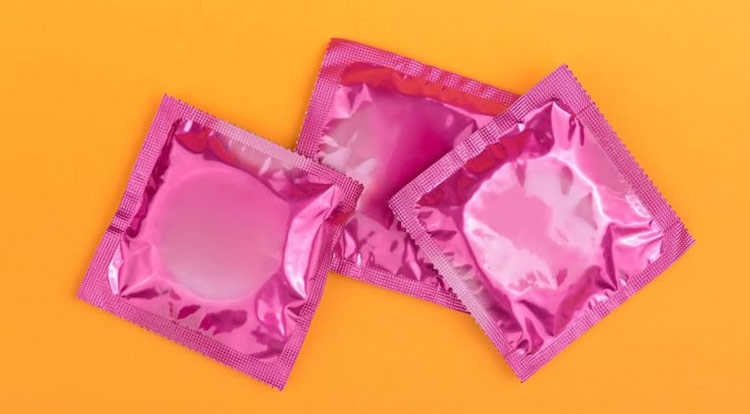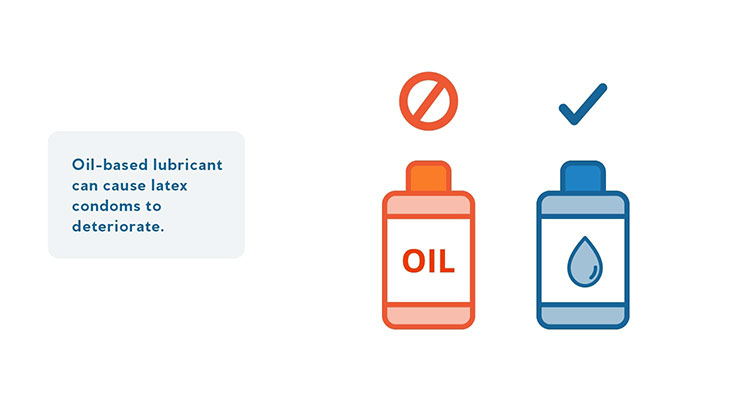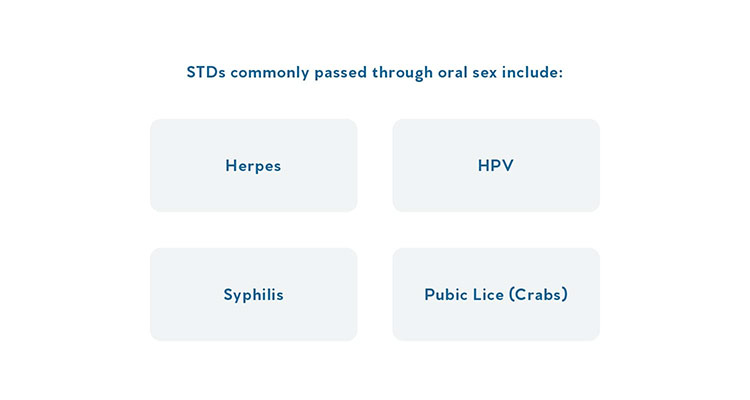Figuring out the chances of getting an STD with a condom on isn’t as simple as citing a statistic. There are a lot of different factors that can affect your chances of contracting an STD even if you’re using a condom.
Latex condoms have shown to be an effective protective barrier against STDs. However, in order to benefit from this protection, condoms must be used consistently and correctly.
Correct practices include:
- using a new condom for every vaginal, anal and oral sex action throughout the act.
- putting the condom on before any genital contact.
- withdrawing the condom carefully and disposing of it so that it won’t be handled by others.
- replacing a broken condom immediately at any point during sexual activity.
- using a water-based lubricant with latex condoms, as an oil-based lubricant can cause the latex to deteriorate.
You may practice all these correct condom use behaviors and still be at risk for a number of STDs. Several STDs are transmitted through skin-to-skin contact as well as intercourse. Condoms won’t do much to prevent these infections because it’s likely that parts of your and your partner’s bodies outside the condom will also be coming into contact with one another.
However, regardless of perfect condom use, there are a number of STDs you can get while wearing a condom because they can be transmitted in ways that don’t involve condom use. Certain STDs only require skin-to-skin contact to be transmitted, not intercourse (though most can often be transmitted through intercourse as well). As such, condoms won’t do much to prevent the transmission of these infections, given that it’s likely that parts of your and your partner’s bodies outside of the condom will also be coming into contact with one another.
Some of these STDs include:
Herpes
Both oral and genital herpes can be transmitted regardless of condom use. Herpes transmission occurs from skin-to-skin contact with an infected area as well as through saliva and other bodily fluids. Herpes symptoms don’t have to be noticeable to spread the disease.
HPV
HPV can be transmitted regardless of condom use because it can also be transmitted through skin-to-skin contact on areas not covered by a condom. Strains of HPV that present as genital warts can be transmitted through contact with the genital warts, which can often be located in areas not covered by a condom.
Syphilis
Like herpes and HPV, syphilis can be spread through sexual contact as well as contact with sores caused by the bacteria Treponema pallidum.
Pubic Lice (Crabs)
Crabs, or pubic lice, are small parasitic insects that feed on your blood. As the name suggests, pubic lice commonly live in pubic hair which is not covered by condoms. Coming into contact with infested pubic hair will likely result in transmission of the lice regardless of condom use.
Even with infections that can usually be prevented with condom use, there’s still a chance for transmission outside of oral, anal or vaginal sex. When concerning an infection that is passed through sexual fluids, such as semen, pre-cum or vaginal fluids, any sexual act involving these fluids or something coming into contact with them could result in transmission of STDs. Be careful when performing sexual acts that include these fluids and avoid reusing or sharing unwashed sex toys.
Knowing what your chances of getting an STD with a condom are is almost impossible to say, even with the available information in this blog. Even with perfect condom use, some STDs can still be passed from one person to another. However, that doesn’t mean you should forego condom use entirely. Condoms are still an essential way to help prevent pregnancy and practice safer sex.



